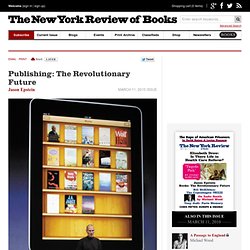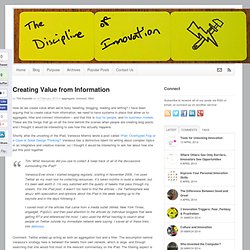

12 Little Known Laws Of Karma That Will Change Your Life. Live Buddhism| What is Karma?

Karma is the Sanskrit word for action. It is equivalent to Newton’s law of ‘every action must have a reaction’. When we think, speak or act we initiate a force that will react accordingly. This returning force maybe modified, changed or suspended, but most people will not be able eradicate it. This law of cause and effect is not punishment, but is wholly for the sake of education or learning. A person may not escape the consequences of his actions, but he will suffer only if he himself has made the conditions ripe for his suffering. To stop being afraid and to start being empowered in the worlds of karma and reincarnation, here is what you need to know about karmic laws. - “As you sow, so shall you reap”
. - Life doesn’t just HAPPEN, it requires our participation.- We are one with the Universe, both inside and out.- Whatever surrounds us gives us clues to our inner state.- BE yourself, and surround yourself with what you want to have present in your Life. The American Who Quit Money To Live In A Cave. Why the Best Designers Don’t Specialize in Any One Thing. Mustafahacalaki/Getty The digital world is at an inflection point, and the implications demand that organizations—from big companies to startups to marketing agencies—hire designers who are smart generalists.

Think about the moment we’re in: mobile, big data and personalization are converging to drive truly novel user experiences across countless new channels and in real life. In this post-screen world, the lines between the physical and the digital blur, and everything from your heartbeat to your thermostat connects to everything else. It’s a world of experiences, less and less dependent on any one platform, device, interface or technology. The best designers for this new environment are those who can confidently navigate change by adapting, not those who cling to whatever specialty in which they were formally trained or have the most experience. Josh Payton Josh Payton is the Vice President of User Experience at Huge, a digital agency specializing in design that makes lives better. The cluetrain manifesto - 95 theses. Tony Robbins: Why we do what we do, and how we can do it better.
TEDxHouston - Brené Brown. Dunemot.pdf (application/pdf-object) On communication revolutions. The printing press constituted a true revolution in communication.

But what really happened as a wider consequence of that revolution? Let’s try to reconstruct the circumstances that preceded printing. We know that there was a strong, although very divergent scribal culture before the printing press. The cultural texture was quite thin outside of monasteries, libraries, and towns like Bologna. That led to a heavy reliance on the vocal transmission of information, on storytelling. The influence of the scribe was greatly enhanced because of a complementary character, the copyist.
But then, the communications revolution of print caused remarkable changes in information-related practices: the well-informed man had to spend a part of each day in a temporary isolation from his fellow men – reading. The most noteworthy social change was taking place on the community level. According to some researchers, print “silenced” the spoken word. Thank you Bo Carpelan. Publishing: The Revolutionary Future - The New York Review of Books. The transition within the book publishing industry from physical inventory stored in a warehouse and trucked to retailers to digital files stored in cyberspace and delivered almost anywhere on earth as quickly and cheaply as e-mail is now underway and irreversible.

This historic shift will radically transform worldwide book publishing, the cultures it affects and on which it depends. Meanwhile, for quite different reasons, the genteel book business that I joined more than a half-century ago is already on edge, suffering from a gambler’s unbreakable addiction to risky, seasonal best sellers, many of which don’t recoup their costs, and the simultaneous deterioration of backlist, the vital annuity on which book publishers had in better days relied for year-to-year stability through bad times and good. Creating Value from Information « Aggregate. How do we create value when we’re busy tweeting, blogging, reading and writing?

I have been arguing that to create value from information, we need to have systems in place that allow us to aggregate, filter and connect information – and that this is true for people, and for business models. These are the things that go on all the time behind the scenes when people are creating blog posts, and I thought it would be interesting to see how this actually happens. Shortly after the unveiling of the iPad, Venessa Miemis wrote a post called ‘iPad: Overhyped Flop or a Case of Great Design Thinking? ‘ Venessa has a distinctive talent for writing about complex topics in an integrative and creative manner, so I thought it would be interesting to ask her about how she put this post together.
Tim: What resources did you use to collect & keep track of all of the discussions surrounding the iPad? Comment: Twitter ended up acting as both an aggregation tool and a filter. RSA Animate - Smile or Die.